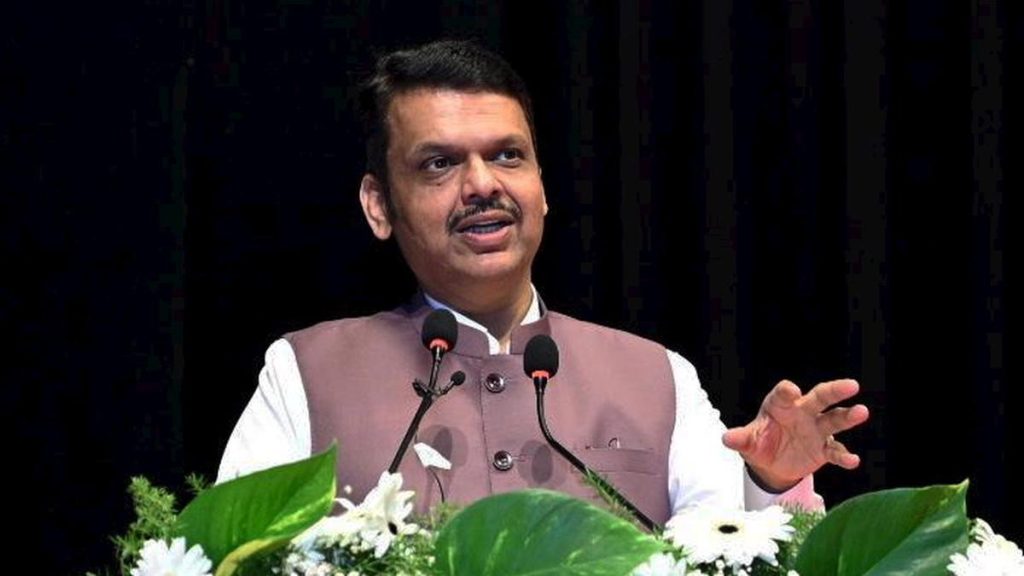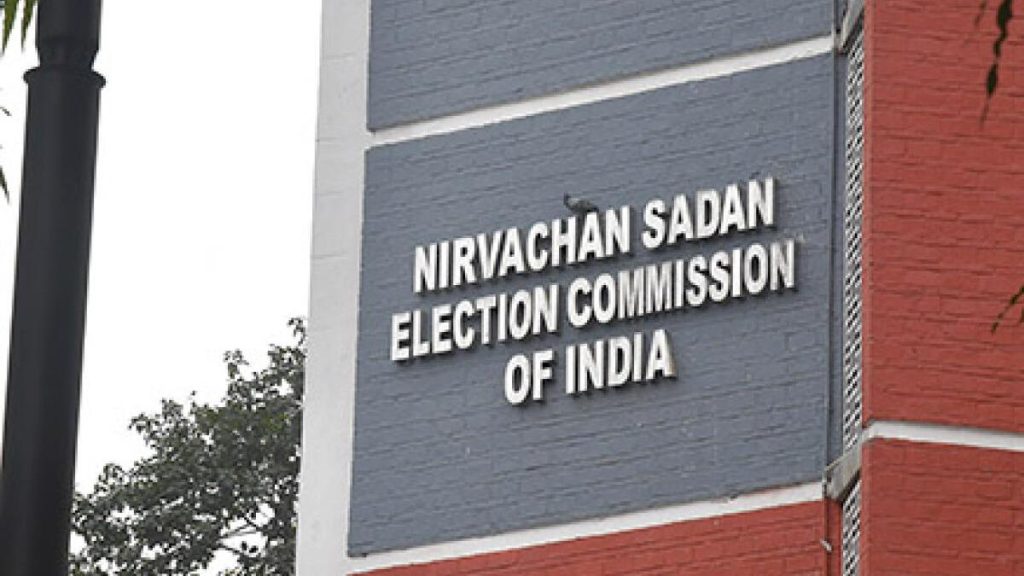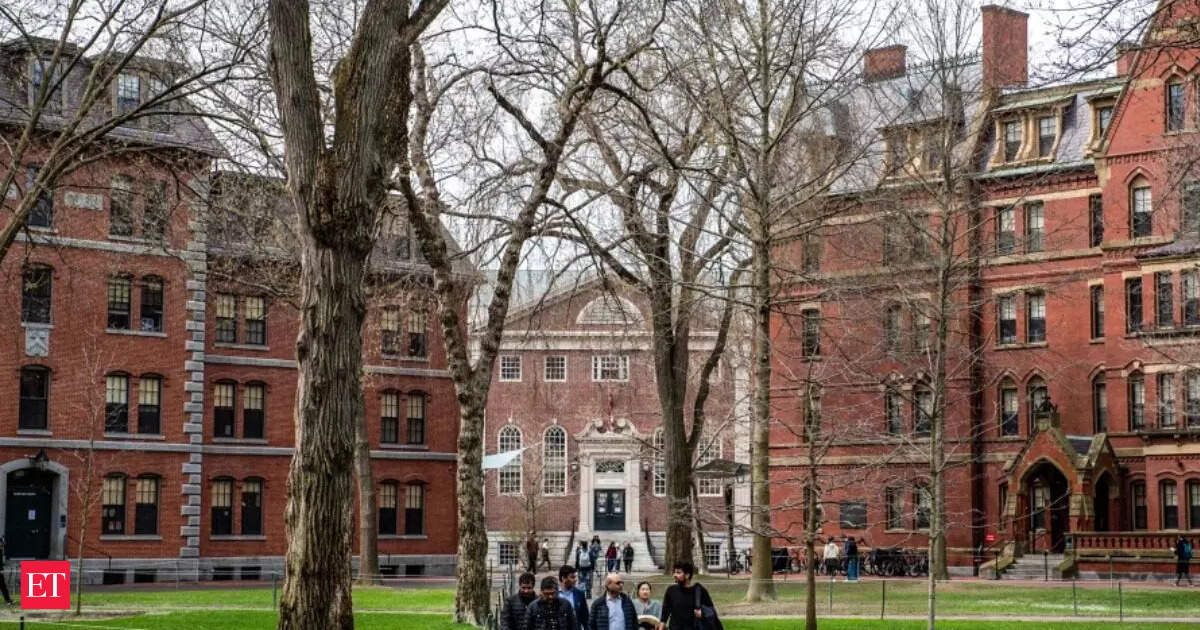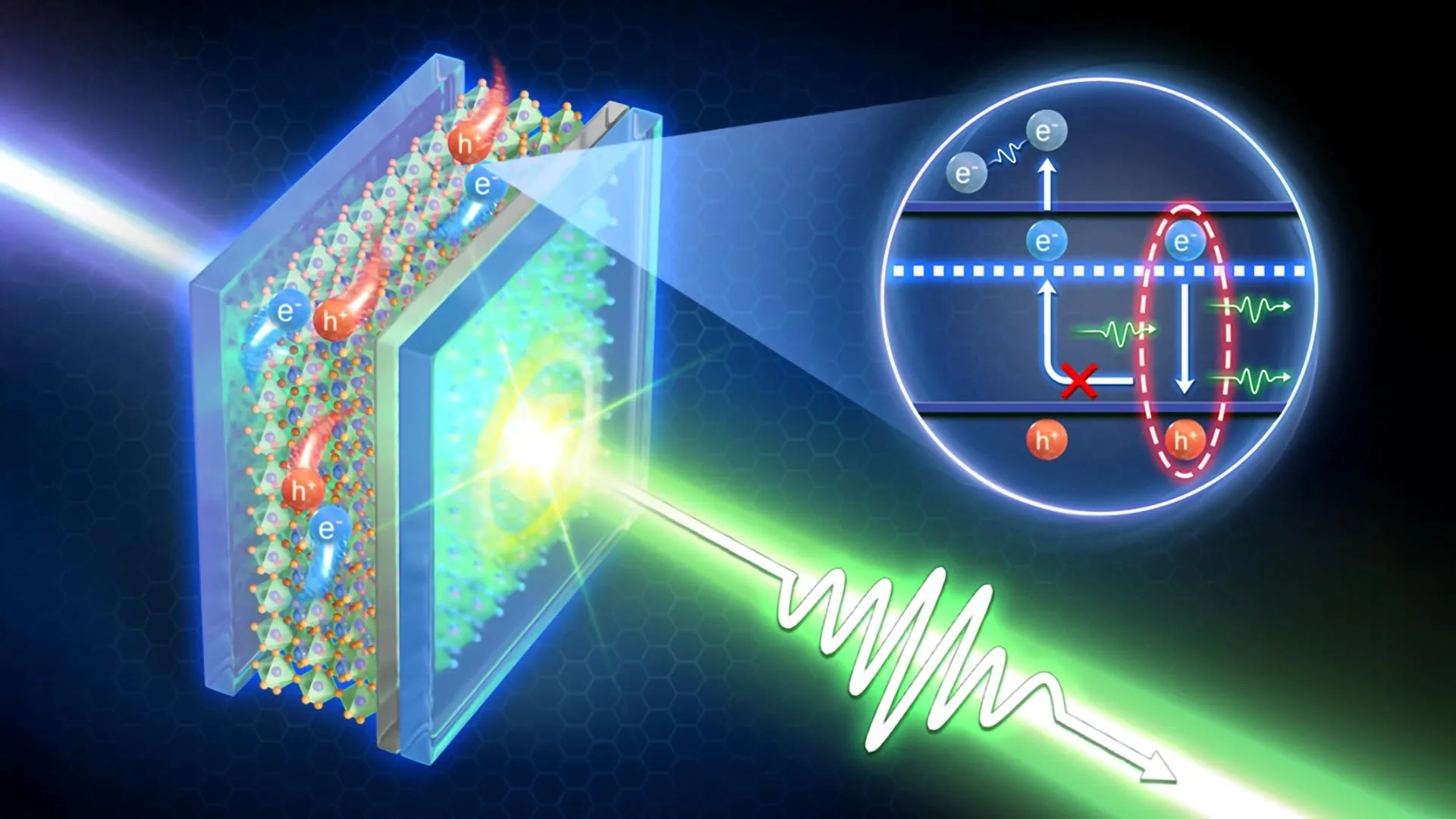Now Reading: Scientists Uncover ‘Lost’ Particle with Quantum Computing Potential
-
01
Scientists Uncover ‘Lost’ Particle with Quantum Computing Potential
Scientists Uncover ‘Lost’ Particle with Quantum Computing Potential

Quick summary:
- Quantum computers face reliability issues due to environmental disruptions that affect qubits.
- Topological quantum computing, using exotic particles like anyons, is a promising approach to combat interference and noise.
- Ising anyons alone are insufficient for universal quantum computing as their computation relies on limited operations (Clifford gates).
- Researchers at USC published a study in Nature Communications introducing “neglectons” – previously discarded particles – as the missing element for universal computation through braiding with Ising anyons.
- The breakthrough uses non-semisimple topological quantum field theories (TQFTs) that retain neglected mathematical components to enable new computational methods.
- The neglecton remains stationary while Ising anyons braid around it, overcoming structural irregularities within these new frameworks without disrupting computations.
- Experimental initiatives aim to identify material platforms capable of realizing the neglecton’s properties.
Funding: Research supported by NSF Grants,Army Research Office,Simons Foundation grants,and others.
For further details: Read more
Indian Opinion Analysis:
The USC team’s discovery marks a notable advancement in quantum information science and computational theory. By unlocking universal computational capabilities with particles already known in experimental physics (specifically Ising anyons), this work could significantly accelerate the development of fault-tolerant quantum machines. If successfully implemented experimentally, this breakthrough would bolster india’s burgeoning interest in both theoretical and applied quantum technologies-a strategic priority reflected in government initiatives like the Quantum Mission.
While experimental realization of neglectons faces technical challenges, their potential opens critical avenues for research collaborations between India’s academic institutions and international teams focusing on topological materials or condensed matter physics. the idea also highlights how abstract mathematics can solve pragmatic engineering hurdles – an area where India’s strong mathematical foundation could contribute meaningfully.
such advances may gradually democratize access to high-performance computing tools globally. For India specifically, growth-oriented sectors such as cryptography or AI-related problem-solving could benefit from accelerated processing power driven by breakthroughs like this one.



























